Whiteflies can turn your lush garden into a battleground, but don't let these tiny invaders win! If you've noticed these pesky insects fluttering around your plants, it's time to take action. In this article, trendwizz.com will show you the most effective strategies to banish whiteflies for good, from natural remedies to smart prevention tips. Get ready to reclaim your garden and keep your plants thriving and pest-free!
Other Topics You Might Like
Helpful Products You Might Like
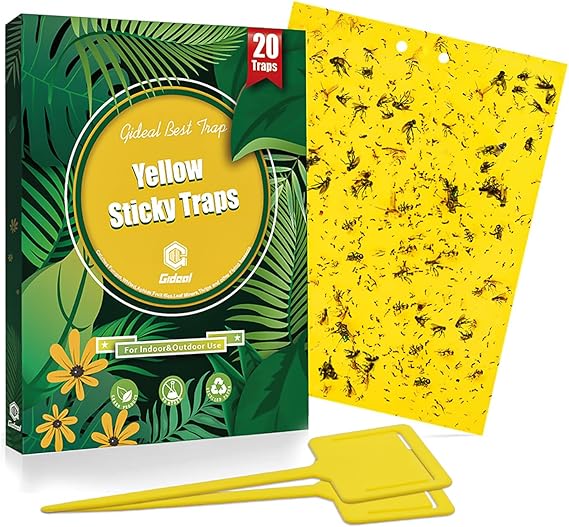
Gideal Yellow Sticky Traps for Flying Plant Insect & Whiteflies
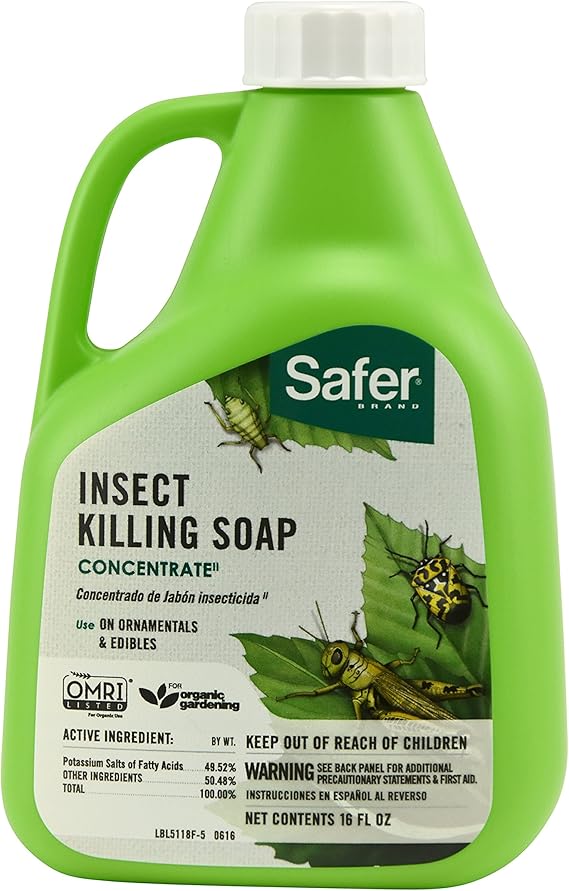
Safer Insect Killing Soap Concentrate For Whiteflies
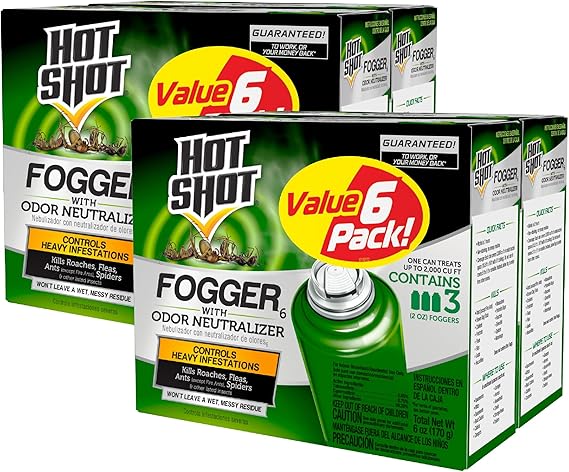
Hot Shot Fogger With Odor Neutralizer
"(Paid Links)" 
Identify the Problem
The first step in managing whiteflies is accurate identification. Whiteflies are typically found on the undersides of leaves. They are about 1-2 mm long and appear powdery white. The most common species include the greenhouse whitefly and the silverleaf whitefly.
Cultural Controls
Implementing good gardening practices can reduce whitefly populations. Start by removing and destroying heavily infested plants to prevent the spread. Regularly inspect plants, especially the undersides of leaves, to catch infestations early. Maintain plant health through proper watering, fertilizing, and pruning, as stressed plants are more susceptible to pests.
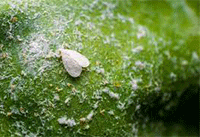
Physical Controls
Physical methods can be highly effective in controlling whiteflies:
Yellow Sticky Traps
Whiteflies are attracted to the color yellow. Place yellow sticky traps around your plants to catch adult whiteflies. These traps are widely available and easy to use.
Vacuuming
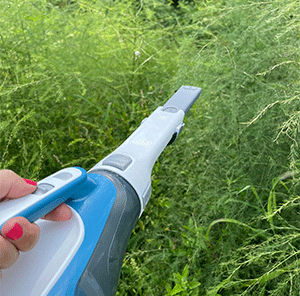
Use a small handheld vacuum to remove whiteflies from plants. This is particularly effective in the early morning when whiteflies are less active.
Water Spray
A strong jet of water can dislodge whiteflies from plants. This method is best used on sturdy plants and should be repeated regularly.
Biological Controls
Biological control involves introducing natural predators and parasites that feed on whiteflies:
Encarsia Formosa
This tiny parasitic wasp lays its eggs inside whitefly nymphs, eventually killing them. Encarsia formosa is available commercially and is particularly effective in greenhouses.
Ladybugs and Lacewings
Both of these beneficial insects feed on whiteflies and can help reduce their numbers.
Predatory Beetles
Delphastus Catalina is a beetle that specifically targets whiteflies and can be introduced into infested areas.
Chemical Controls
If cultural, physical, and biological methods are not sufficient, chemical controls may be necessary. However, use them as a last resort due to potential harm to beneficial insects and the environment.
Insecticidal Soaps
These are effective against whiteflies and have minimal impact on beneficial insects. Spray the solution directly onto the whiteflies, ensuring thorough coverage.
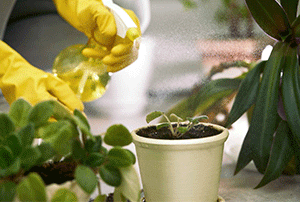
Neem Oil
Neem oil disrupts the life cycle of whiteflies and can be used as a preventive measure. Apply it as a foliar spray, covering all plant surfaces.
Systemic Insecticides
The plant absorbs these chemicals and kill whiteflies when they feed. Systemic insecticides should be used with caution and according to label instructions.
Preventive Measures
Preventing future whitefly infestations involves several strategies:
Quarantine New Plants
Before introducing new plants to your garden or home, quarantine them for a few weeks to ensure they are not infested with whiteflies.
Companion Planting
Certain plants, like marigolds and nasturtiums, can repel whiteflies. Plant them near susceptible plants to help keep whiteflies at bay.
Healthy Soil
Maintaining healthy soil with good organic matter and proper drainage can strengthen plants and make them less attractive to whiteflies.
Monitoring and Maintenance
Regular monitoring and maintenance are crucial for long-term whitefly management. Inspect plants frequently and act quickly at the first sign of whiteflies. Keep records of infestations and control measures to refine your approach over time.
In conclusion, getting rid of whiteflies requires a multifaceted approach that includes cultural, physical, biological, and chemical controls. By combining these methods and staying vigilant, you can protect your plants from whitefly damage and enjoy a healthy, thriving garden.
